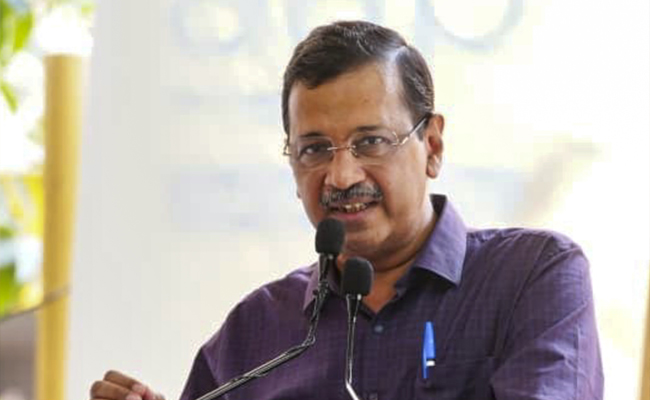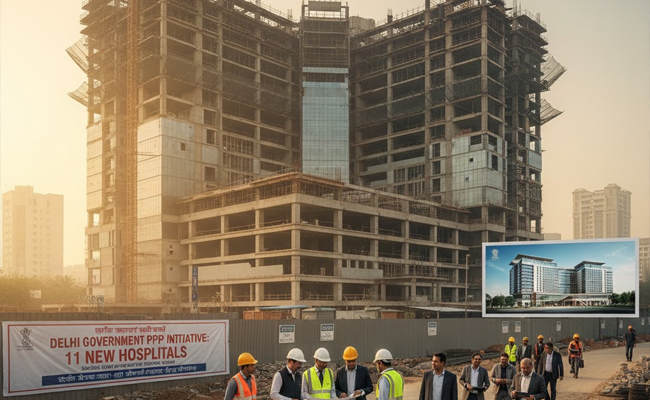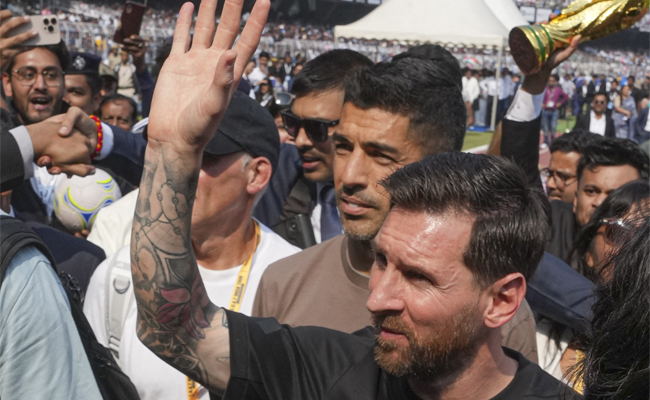Bahraich, Uttar Pradesh: A tragic incident in the Bahraich district has sparked communal tensions and outrage, fueled by misinformation and fake news circulating on social media platforms. The incident, which occurred on October 13, 2024, during a visarjan (idol immersion) procession for Goddess Durga, resulted in the death of a 22-year-old Hindu man, Ram Gopal Mishra. The incident, while unfortunate, has been turned into a communal flashpoint by various online reports that have sensationalized and distorted the facts, giving the tragedy a divisive religious angle.
According to initial reports, a clash broke out between two groups. The confrontation began with stone-pelting, Ram Gopal was allegedly dragged inside the house, where he was allegedly tortured and killed. Reports claim that his body was found with severe injuries, including bullet wounds and alleged signs of torture. These details quickly gained momentum on social media, with many claiming that Ram Gopal had been tortured by Muslim extremists, thus escalating communal tensions.
Several online platforms, particularly right-wing outlets such as OpIndia, took the lead in portraying the murder as a communal attack, further exacerbating tensions between the Hindu and Muslim communities in the area. Sensationalized and graphic descriptions of Ram Gopal’s death began to emerge, with reports suggesting his fingernails and toenails had been ripped off, and that he had been brutally tortured before being shot to death. Such inflammatory details were shared widely, stirring anger and creating a highly charged communal atmosphere.
However, the Bahraich Police have since clarified that much of the information being spread is false and misleading. In an official statement issued on their X (formerly Twitter) handle, the police department denied several of the most gruesome claims, stating that the cause of death as per the post-mortem report was a gunshot wound, and there were no signs of torture such as fingernails being ripped off or the use of electric shocks, as some social media reports had claimed. The police also emphasized that apart from Ram Gopal, no one else had died in the incident, countering some reports that suggested there were multiple casualties.
"Misleading information such as giving electric shocks to the deceased, hitting with a sword, and pulling out nails, etc., is being spread on social media with the aim of disturbing communal harmony, which has no truth," the Bahraich Police said in their official post. They appealed to the public to refrain from spreading such rumors, which they warned could lead to further unrest.
In a second statement, the police reiterated that any social media accounts found circulating misleading or false information would face legal action. The statements emphasized that maintaining communal harmony in the district was of utmost importance, and any attempts to disrupt peace through the spread of fake news would not be tolerated.
The incident has drawn comparisons to previous cases where misinformation was used to stoke communal hatred. In this case, media outlets like OpIndia have played a significant role in amplifying the narrative of religious conflict, despite police efforts to clarify the facts. This is not the first time such outlets have been involved in pushing a communal agenda; similar instances have occurred in the past, where the coverage of crimes involving individuals from different religious backgrounds has been used to inflame tensions and create a divide between communities.
Local witnesses have also highlighted that the clash during the procession began over the use of gulaal (colored powder), a traditional Hindu practice. The stone-pelting that followed was seen as an escalation of a local dispute, rather than a premeditated communal attack. Ram Gopal’s death, while tragic, has been co-opted by various groups to push a particular communal narrative, further complicating the situation.
At the heart of this tragedy is the broader issue of how misinformation, particularly in the form of fake news on social media, can quickly turn a localized event into a communal flashpoint. This incident, which should have been addressed by law enforcement and local authorities, has been manipulated for political and ideological purposes, putting the community at risk of further unrest.
Nails pulled out, bullet holes, injury marks on the body: Post-mortem report reveals Ram Gopal Mishra, whom Islamists killed, was tortured before his deathhttps://t.co/ywsXXdWEu5
— OpIndia.com (@OpIndia_com) October 15, 2024
Here is Police statement. pic.twitter.com/X9me8YGHZJ
— Mohammed Zubair (@zoo_bear) October 16, 2024
Let the Truth be known. If you read VB and like VB, please be a VB Supporter and Help us deliver the Truth to one and all.
Panaji (PTI): As part of a crackdown against tourist establishments violating laws and safety norms in the aftermath of the Arpora fire tragedy, Goa authorities on Saturday sealed a renowned club at Vagator and revoked the fire department NOC of another club.
Cafe CO2 Goa, located on a cliff overlooking the Arabian Sea at Vagator beach in North Goa, was sealed. The move came two days after Goya Club, also in Vagator, was shut down for alleged violations of rules.
Elsewhere, campaigning for local body polls, AAP leader Arvind Kejriwal said the fire incident at Birch by Romeo Lane nightclub at Arpora, which claimed 25 lives on December 6, happened because the BJP government in the state was corrupt.
An inspection of Cafe CO2 Goa by a state government-appointed team revealed that the establishment, with a seating capacity of 250, did not possess a no-objection certificate (NOC) of the Fire and Emergency Services Department. The club, which sits atop Ozrant Cliff, also did not have structural stability, the team found.
The Fire and Emergency Services on Saturday also revoked the NOC issued to Diaz Pool Club and Bar at Anjuna as the fire extinguishers installed in the establishment were found to be inadequate, said divisional fire officer Shripad Gawas.
A notice was issued to Nitin Wadhwa, the partner of the club, he said in the order.
Campaigning at Chimbel village near Panaji in support of his party's Zilla Panchayat election candidate, Aam Aadmi Party leader Kejriwal said the nightclub fire at Arpora happened because of the "corruption of the Pramod Sawant-led state government."
"Why this fire incident happened? I read in the newspapers that the nightclub had no occupancy certificate, no building licence, no excise licence, no construction licence or trade licence. The entire club was illegal but still it was going on," he said.
"How could it go on? Couldn't Pramod Sawant or anyone else see it? I was told that hafta (bribe) was being paid," the former Delhi chief minister said.
A person can not work without bribing officials in the coastal state, Kejriwal said, alleging that officers, MLAs and even ministers are accepting bribes.





